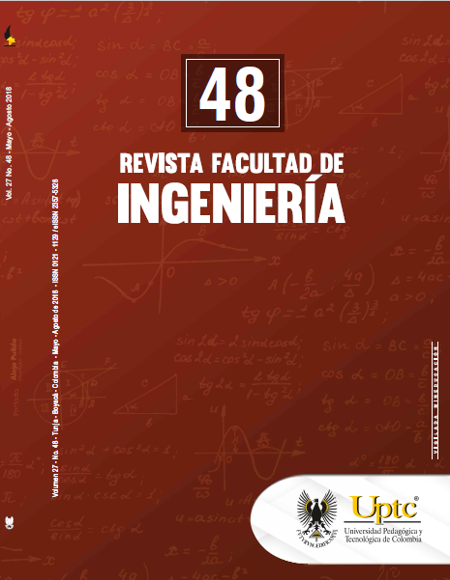Mathematical software tools for teaching of complex numbers

Abstract
This article proposes a method for teaching complex numbers and their corresponding operations using mathematical software tools. Initially, the document introduces MATLAB, a paid software, and GeoGebra, a free software. Subsequently, the paper explains the procedure to define the representations of the basic (addition, difference, multiplication and division) and complementary (module and conjugate, roots and polar form) operations of the numerical system of complex numbers, using the two tools and a series of proposed exercises. Finally, the paper highlights the evidenced qualities during the development of the exercises and their transcendence in teaching and learning.
Keywords
computer-aided instruction, electronic learning, interactive systems, mathematics education, software tools
References
[1] G. T. Bagni, "La introducción de la historia de las matemáticas en la enseñanza de los números complejos. Una investigación experimental desempeñada en la educación media superior," Revista Latinoamericana de Investigación en Matemática Educativa, vol. 4 (1), pp. 45-61, 2001.
[2] N. Nesbitt, and G. Bright, "Elementary preservice teacher’s changing beliefs and instructional use of children’s mathematical thinking," Journal for research mathematics education, vol. 30 (1), pp. 99-100, 1999.
[3] M. Flores, and E. Montoya, "Artefacto y espacio de trabajo matemático en la multiplicación de números complejos," Educación matemática, vol. 28 (2), pp. 85-117, Aug. 2016. DOI: https://doi.org/10.24844/EM2802.04.
[4] E. Millán-Rojas, A. Gallego-Torres, and D. Chico-Vargas, "Simulation of a grid network with virtual machines to create a learning environment of high performance computing," Revista Facultad de Ingeniería, vol. 25(41), pp. 85-92, Jan. 2016. DOI: https://doi.org/10.19053/01211129.4140.
[5] M. Hohenwarter, J. Hohewarter, J. Kreis, and Z. Lavicza, "Teaching an learning calculus with Free Dynamics Mathematics Software Geogrebra," In 11th International congress on Mathematical education, Monterrey; Nuevo León; México, 2008.
[6] A. D. Araujo, "Creencias acerca de la enseñanza de los números complejos," Master Thesis, Universidad del Zulia, Zulia, Venezuela, 2007.
[7] K. Choi, and H. Liu, "Matlab and Simulink Basics," Problem-Based Learning in Communication Systems Using MATLAB and Simulink, p. 400, 2016. DOI: https://doi.org/10.1002/9781119060239.ch1.
[8] G. Karakok, H. Soto-Jhonson, and A. Dyben, "Conception of various forms of complex numbers," CrossMark, Springer Science, 2014.
[9] S. Parra, "Reflexiones en torno a los modelos de formación docente dominantes y alternativos," Revista Omnia, vol. 6 (1), pp. 111-121, 2001.
[10] G. Aghekyan, "How to teach complex numbers applying the Geogebra software," Doctoral Thesis, Russian-Armenian University, Yerevan, Armenia, 2014.
[11] F. G. Perez, "Los modelos didácticos como instrumento de análisis y de intervención en la realidad educativa," Revista bibliografica de Geografía y Ciencias Sociales, vol. 207, Feb. 2000.
[12] J. I. Lopéz-Ruiz, "Abriendo puertas.Los Estudios de Casos desde un enfoque innovador y formativo," Investigación en la escuela, vol. 41, pp. 103-111, 2000.